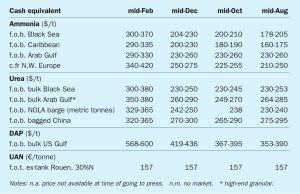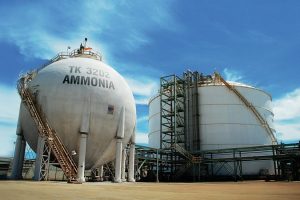
Valuing phosphogypsum
Phosphogypsum is finding increasing use in plaster and cement manufacture, roadbed construction and afforestation. We look at how previously unwanted solid waste generated by the phosphate industry is being turned into a valued resource.






